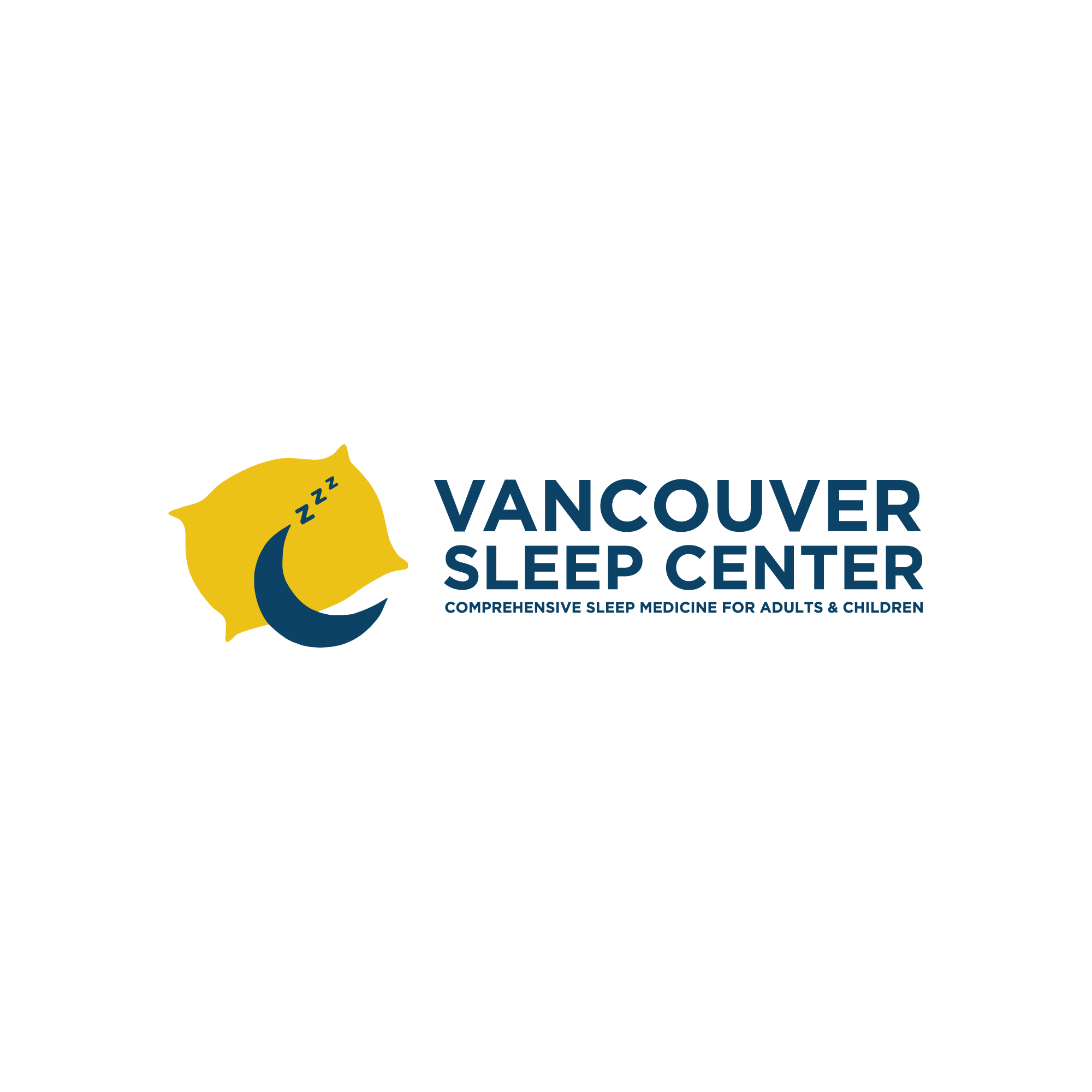Multiple Sleep Latency Test (MSLT) is a test that consists of a series of five, twenty-minute nap periods scheduled two hours apart. It is always performed the day after an overnight sleep study (polysomnography). The patient is given five chances to sleep during their customary awake period. For each nap, measurements of the interval from the start of the nap period to the first sign of sleep are measured.
Reasons for having Multiple Sleep Latency Test
- To test for Narcolepsy
- To distinguish physical tiredness from true excessive daytime sleepiness
- To document sleep/breathing disorder treatment is effective
What to expect during the test:
After you awaken from the polysomnography the which began the night before, you will be offered a light breakfast (please specify dietary restrictions to sleep technician the night before). No caffiene products may be used. You will then be given 5 opportunities to nap through the course of the day. We will break for lunch (again, please specify dietary restrictions to sleep technician the night before) and you can expect to be able to go home around 5pm.
When is the test offered?
Usually we offer this testing on Friday nights and Saturday mornings to allow our patients complete quite during the daytime nap testing.
Multiple Sleep Latency Rest Procedure:
On the night before the day of the MSLT, the patient routinely has a formal sleep study. Daytime multiple sleep latency test is often done following an overnight sleep study.
The test begins about two hours after awakening in the morning, and generally continues to late afternoon or early evening. The test is painless and it takes about seven hours to complete. It is not a treatment, but a single test that contributes to your patient’s total medical evaluation.
Patient’s brain waves or EEG, heart rate or EKG, muscle activity and eye movements will be recorded by the multiple sleep latency test. These signals are recorded on a graph, which is then reviewed by a sleep specialist.
This test is used to file the presence and severity of daytime sleepiness, as well as to detect sleep architecture abnormalities related with narcolepsy.
During the daytime hours your patient will sleep in a comfortable and calm private room while data is collected through the application of electrodes. The electrodes are applied with tape or a liquid, under the chin, around the eyes, and on the shoulders.
The patient is asked to lie down and sleep after the electrodes are applied. The lights will be turned off when the technologist leaves the room and the recording will begin. Technologists and nurses are in continuous attendance to meet any comfort or medical needs that may arise.
The electrodes and monitoring equipment are similar, but less extensive than those used in the all-night polysomnogram. For about 20 minutes every two hours patients will be monitored.
The technologist determines the duration of each nap based on whether the patient sleeps or not. Nap periods can be as short as 16 minutes if sleep is achieved in the first minute of the nap period or as long as 35 minutes if sleep is achieved in minute 20 of the nap period.
There are no side effects from the test. A Sleep Medicine physician will review your data and discuss treatment options during a followup appointment.



